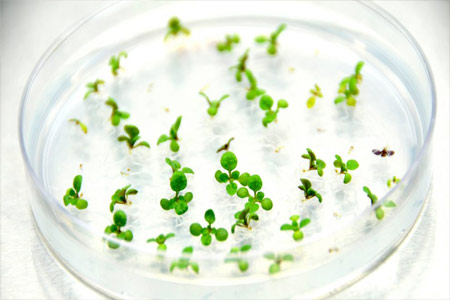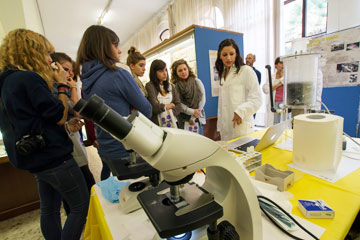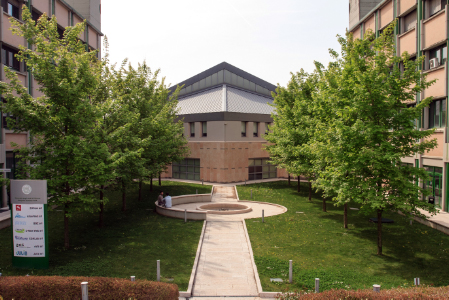Course partially running
Learning outcomes
Module: Teoria
-------
The aim of the course is to provide the students the tools needed for the analysis and interpretration of the biological data. Indeed, the course intends to give the theortical basis for the application of the principal bioinformatic tools, used in genomics and proteomics
Module: Laboratorio
-------
The laboratory aims to provide intensive practical lessons in which freely available state of art tools wil be used in order to access and anlyze the biological relevant data.
Syllabus
Module: Teoria
-------
Biological databases. FASTA format. We will analyze the way in which the principal biological databases are used for the anotation of genomes. ENSEMBL.
Methods for the prediction and the annotation of the functional elements of a genome
Computational approaches in comparative genomics.
Using DNA microarrays to Assay gene expression.
Sequence alignment. Scoring matrices PAM and BLOSUM. Algorithms. Profiles.
Protein evolution.
3D protein structure prediction: Comparative modelling, Fold recognition and ab initio methods.
Module: Laboratorio
-------
Database interrogation techniques. Use of the principal genomewide datasets.
Methods for sequence alignment. Use of the principal programs.
Evolution. Database search by similarity. Statistical significance of the obtained results. Use of the programs: FASTA, BLAST, PSI-Blast.
Use of state of art programs for the prediction of the 3D structure of a protein.
Gene prediction using state of art programs.
Use of ENSEMBL database.
Using DNA Microarrays to Assay gene expression. Clustering. TIGR.
Functional annotation:
. Gene Ontology (GO).
Assessment methods and criteria
Module: Teoria
-------
Written
Module: Laboratorio
-------
written







